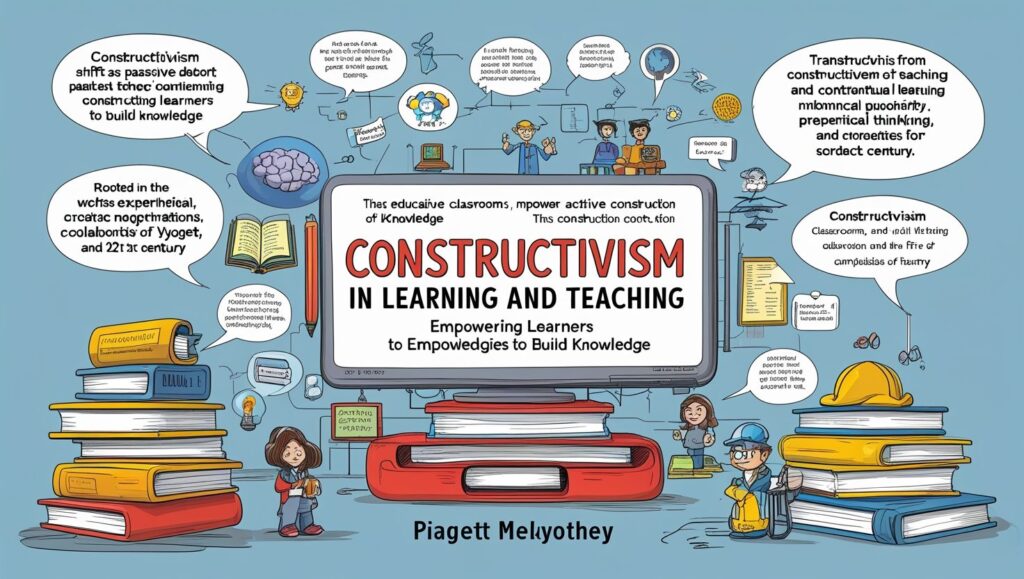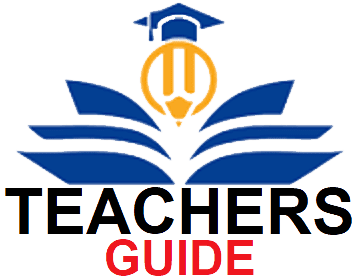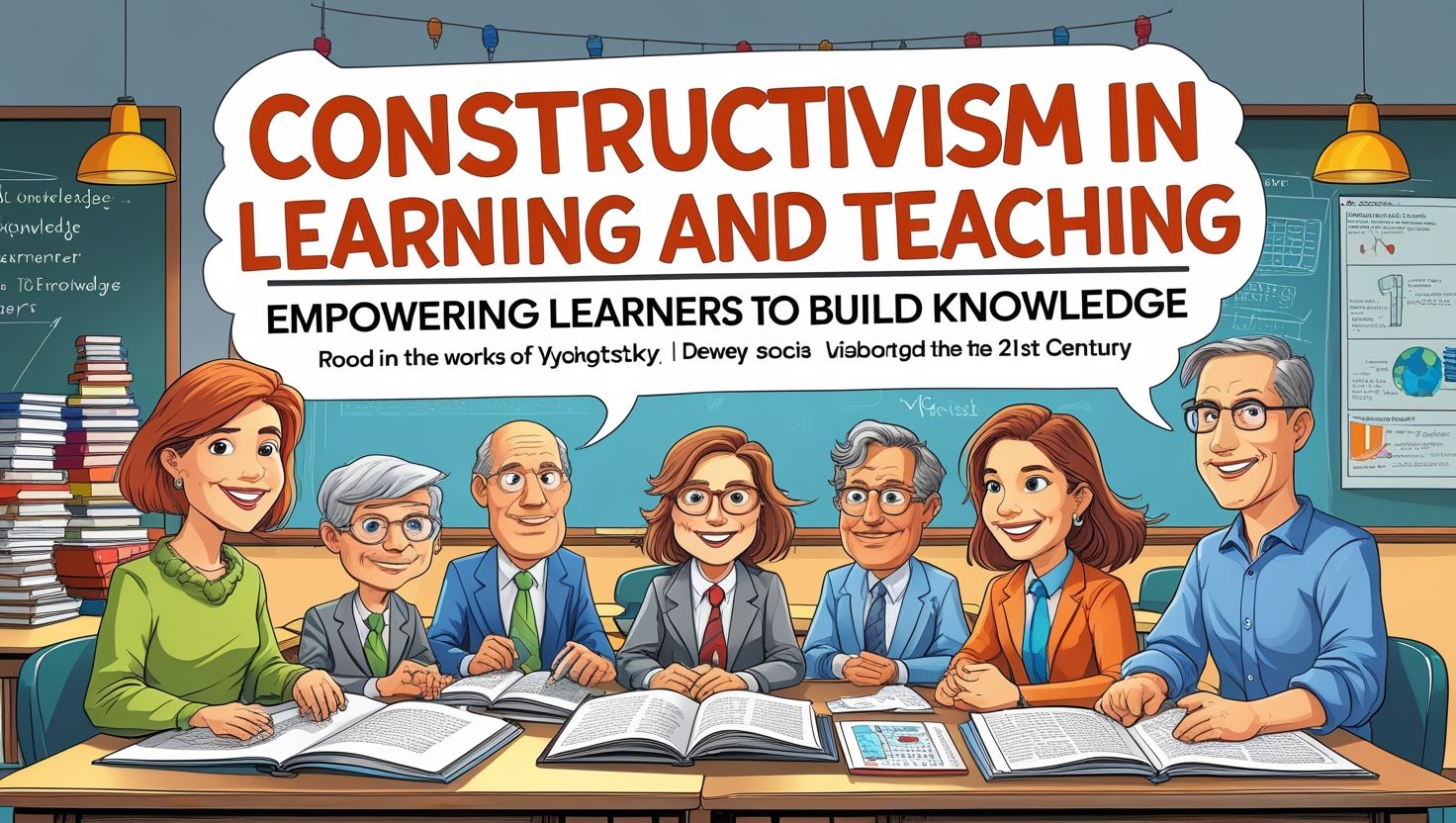Constructivism in Learning and Teaching, Education is not the filling of a pail, but the lighting of a fire. This timeless adage, often attributed to the poet W.B. Yeats, encapsulates the essence of constructivism, a transformative approach to learning and teaching that has reshaped the way we understand education. Constructivism is not merely a theory; it is a philosophy, a mindset, and a call to action for educators and learners alike. It challenges the traditional, teacher-centered model of education, where knowledge is seen as a static entity to be transmitted from teacher to student, and instead posits that learning is an active, dynamic, and deeply personal process of constructing meaning.
In this article, we will explore the foundations of constructivism, its key principles, and its implications for teaching and learning. We will also examine how constructivism has influenced modern educational practices and why it remains a vital framework for fostering critical thinking, creativity, and lifelong learning in the 21st century.
The Foundations of Constructivism
Constructivism is rooted in the works of several influential thinkers, including Jean Piaget, Lev Vygotsky, and John Dewey. These pioneers challenged the traditional view of learning as a passive process of absorbing information and instead emphasized the active role of the learner in constructing knowledge.
- Jean Piaget: Cognitive Constructivism
Piaget, a Swiss psychologist, is often regarded as the father of constructivism. His theory of cognitive development posits that children actively construct their understanding of the world through experiences and interactions. According to Piaget, learning occurs through processes of assimilation (integrating new information into existing mental frameworks) and accommodation (modifying existing frameworks to incorporate new information). This dynamic interplay between the learner and their environment underscores the idea that knowledge is not simply received but actively built. - Lev Vygotsky: Social Constructivism
Vygotsky, a Russian psychologist, expanded on Piaget’s ideas by emphasizing the social and cultural dimensions of learning. He introduced the concept of the “zone of proximal development” (ZPD), which refers to the range of tasks that a learner can perform with the guidance of a more knowledgeable other (e.g., a teacher or peer) but cannot yet perform independently. Vygotsky’s work highlights the importance of collaboration, dialogue, and scaffolding in the learning process, suggesting that knowledge is co-constructed through social interaction. - John Dewey: Experiential Learning
Dewey, an American philosopher and educator, advocated for a learner-centered approach to education that emphasizes experience and reflection. He believed that education should be rooted in real-world contexts and that learners should engage in hands-on, problem-solving activities. Dewey’s ideas laid the groundwork for experiential learning, a cornerstone of constructivist pedagogy.
Together, these thinkers laid the theoretical foundation for constructivism, which has since evolved into a multifaceted framework that informs teaching and learning across disciplines and contexts.
Key Principles of Constructivism
At its core, constructivism is based on several key principles that distinguish it from traditional approaches to education:
- Learners Construct Their Own Knowledge
Constructivism posits that knowledge is not something that can be directly transmitted from teacher to student. Instead, learners actively construct their own understanding through experiences, reflection, and interaction with others. This means that each learner’s knowledge is unique and shaped by their prior experiences, beliefs, and perspectives. - Learning is an Active Process
In a constructivist classroom, learning is not a passive activity. Students are encouraged to engage in hands-on activities, problem-solving, and critical thinking. This active engagement helps learners make connections between new information and their existing knowledge, leading to deeper understanding. - Learning is Social and Collaborative
Constructivism emphasizes the importance of social interaction in the learning process. Through collaboration, discussion, and debate, learners are exposed to diverse perspectives and challenged to refine their own ideas. This social dimension of learning fosters critical thinking, communication skills, and a sense of community. - Learning is Contextual
Constructivists argue that learning is most meaningful when it occurs in authentic, real-world contexts. By connecting learning to students’ lives and interests, educators can make learning more relevant and engaging. This principle underscores the importance of project-based learning, inquiry-based learning, and other experiential approaches. - The Role of the Teacher is to Facilitate, Not Dictate
In a constructivist classroom, the teacher’s role shifts from being the sole authority to being a facilitator of learning. Teachers guide students, ask probing questions, and provide resources and support, but they do not dictate what students should think or learn. This learner-centered approach empowers students to take ownership of their learning.

Constructivism in Practice: Implications for Teaching and Learning
The principles of constructivism have profound implications for teaching and learning. Here are some ways in which constructivism has influenced educational practices:
- Student-Centered Classrooms
Constructivism has led to a shift from teacher-centered to student-centered classrooms. In a student-centered classroom, the focus is on the learner’s needs, interests, and experiences. Teachers design activities that encourage exploration, discovery, and critical thinking, rather than simply delivering content. - Problem-Based and Inquiry-Based Learning
Problem-based learning (PBL) and inquiry-based learning (IBL) are two instructional approaches that align closely with constructivist principles. In PBL, students work on complex, real-world problems, applying their knowledge and skills to develop solutions. In IBL, students explore questions and topics of interest, conducting research and experiments to deepen their understanding. Both approaches emphasize active, self-directed learning and collaboration. - Collaborative Learning
Collaborative learning is a hallmark of constructivist pedagogy. By working in groups, students learn from one another, share ideas, and develop teamwork skills. Collaborative activities, such as group projects, peer review, and class discussions, create opportunities for social interaction and knowledge co-construction. - Scaffolding and Differentiation
Constructivist teachers recognize that learners have diverse needs and abilities. Scaffolding, a concept introduced by Vygotsky, involves providing temporary support to help learners achieve tasks they cannot yet do independently. Differentiation, on the other hand, involves tailoring instruction to meet the unique needs of each learner. Both strategies are essential for creating an inclusive and supportive learning environment. - Reflection and Metacognition
Constructivism emphasizes the importance of reflection in the learning process. By reflecting on their experiences, learners can make connections, identify gaps in their understanding, and develop metacognitive skills (i.e., the ability to think about their own thinking). Teachers can encourage reflection through activities such as journaling, self-assessment, and class discussions.
Constructivism in the 21st Century: Relevance and Challenges
In today’s rapidly changing world, constructivism is more relevant than ever. The 21st century demands individuals who are critical thinkers, problem-solvers, and lifelong learners—qualities that constructivist education seeks to cultivate. By empowering students to take an active role in their learning, constructivism prepares them to navigate the complexities of the modern world.
However, implementing constructivist practices is not without challenges. Traditional educational systems, with their emphasis on standardized testing and rigid curricula, often clash with the principles of constructivism. Teachers may face resistance from administrators, parents, or even students who are accustomed to more traditional approaches. Additionally, constructivist teaching requires a significant investment of time and resources, which may not always be available.
Despite these challenges, the benefits of constructivism far outweigh the drawbacks. Research has shown that constructivist approaches lead to deeper understanding, higher levels of engagement, and greater retention of knowledge. Moreover, constructivism aligns with the goals of 21st-century education, which prioritizes creativity, collaboration, and critical thinking.
Conclusion: Lighting the Fire of Learning
Constructivism is more than just a theory; it is a philosophy that has the power to transform education. By shifting the focus from teaching to learning, constructivism empowers students to take ownership of their education and become active participants in the construction of knowledge. It challenges educators to rethink their roles and embrace a more facilitative, student-centered approach.
As we move further into the 21st century, the need for constructivist education has never been greater. In a world that is increasingly complex and interconnected, we need learners who are curious, adaptable, and capable of thinking critically and creatively. Constructivism provides the framework for nurturing these qualities, lighting the fire of learning that will illuminate the path to a brighter future.
In the words of John Dewey, “Education is not preparation for life; education is life itself.” Through constructivism, we can create learning experiences that are not only meaningful and engaging but also transformative, empowering learners to shape their own destinies and contribute to the betterment of society.

